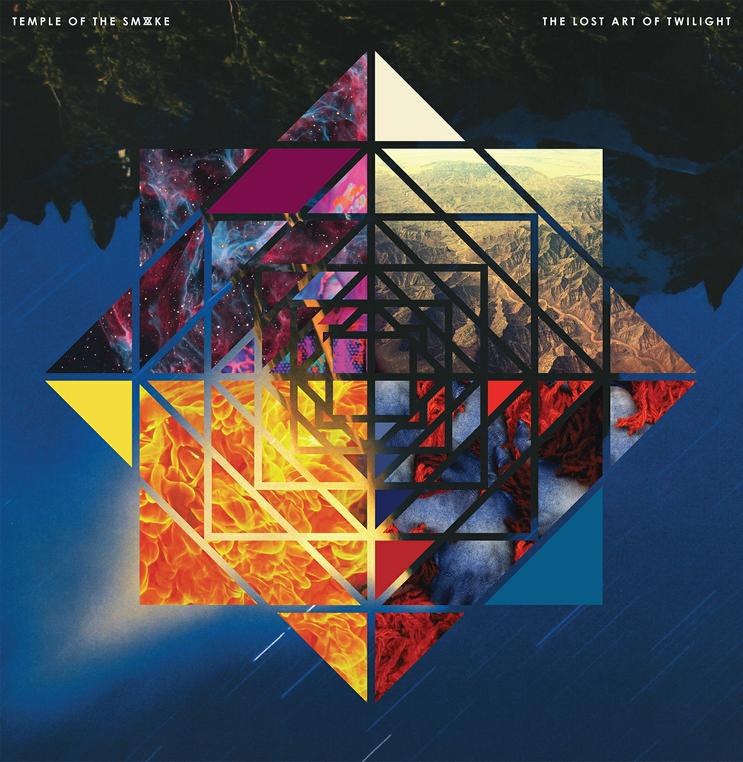 The Lost Art Of Twilight is the second album from Belgrade, Serbia based Temple Of The Smoke, the follow-up to their 2011 debut, Against Human Race. That album was a powerhouse set of heavy space rock (my favorite being the blistering Illudium Q-36 Explosive Space Modulator), psychedelic reggae, stoner rock, and mellow psych rock.
The Lost Art Of Twilight is the second album from Belgrade, Serbia based Temple Of The Smoke, the follow-up to their 2011 debut, Against Human Race. That album was a powerhouse set of heavy space rock (my favorite being the blistering Illudium Q-36 Explosive Space Modulator), psychedelic reggae, stoner rock, and mellow psych rock.
Kingdom Of Apples opens the set and is a meditative, melodic, yet steadily rocking space rock tune. I like the cavernous, valium-like guitar licks, and the music gets increasingly intense at the end. Moth Of Time begins similarly but at an even more mellow, drifting pace, and includes whispery vocals. Then around the two minute mark the band start to rock out, before quickly returning to the opening theme. And then… BAM!… they lay into a metallic stoner dirge, before abruptly shifting gears again, this time launching into an almost prog-like pattern, before returning once again to the stoner metal. Then for the finale they go into a wild and wooly freeform freakout. Wow, this is a pretty schizophrenic tune. I’m intrigued, but not sure if all the manic shifting of gears really works.
Starfall is a short piece, at only two minutes. But it’s a real smack across the chops, being a hellfire prog-infused hard rock blast that’s tight as a knot and makes its case succinctly in such a compact span. Out, Into The Crimson Night! is an inspired space-prog instrumental with heavenly keys and some thematic bits that bring to mind 70s sci-fi television themes. Later in the track the band start to rock harder, with a prog flavored 70s hard rock feel. This is my favorite track of the set so far. Street Of Shifting Signs is next and opens with multi-layered freaky alien electronics, and then launches into a steady space rocking segment that’s like a combination of Ozric Tentacles and early Korai Orom, but with an added classic prog rock edge. Later the music transitions to spaced out Dub/Reggae, that deftly switches back to the earlier theme, bringing the track to a close. Another smoker! Lots of variety but it all flows and gels nicely.
Beyond The Wall Of Sleep starts off as a drifting chill-out spacey piece that rocks harder as the music progresses. There’s some cool wah’d psych guitar, 60s styled organ, and proggy keys that makes for an interesting combination. I like it but it’s another track that keeps shifting gears while struggling to make the transitions seamless. Temple Of The Smoke (the song title named after the band) is the final track, kicking off with a dark and doomey yet deep space introductory segment. The bass and drums create a sense of foreboding, surrounded by wailing and bubbling alien synths. Then the guitar starts a slow emotional solo which gives the music a more spaced out psychedelic tone, and I dig the efx’d robotic vocals. Overall this track is about creating mood, atmosphere, and varying levels of tension, and the band get downright space metallic in the final minute. This is a fine example of Temple Of The Smoke covering a variety of thematic ground that flows and holds together well.
I listened to both Temple Of The Smoke albums back-to-back several times in the weeks leading up to writing this review and taken together I think this is a very promising and talented band on the contemporary space rock scene. Both albums feature stylistic variety, and anyone could be forgiven for thinking they cover a bit too much ground. Personally, I like the variety, though on The Lost Art Of Twilight the band handle it with varying degrees of success. But these guys are still damn good.
For more information visit http://templeofthesmoke.bandcamp.com
Email at templeofthesmoke@gmail.com
Visit the Cosmic Eye Records web site at: http://www.cosmiceyerecords.blogspot.gr
Reviewed by Jerry Kranitz

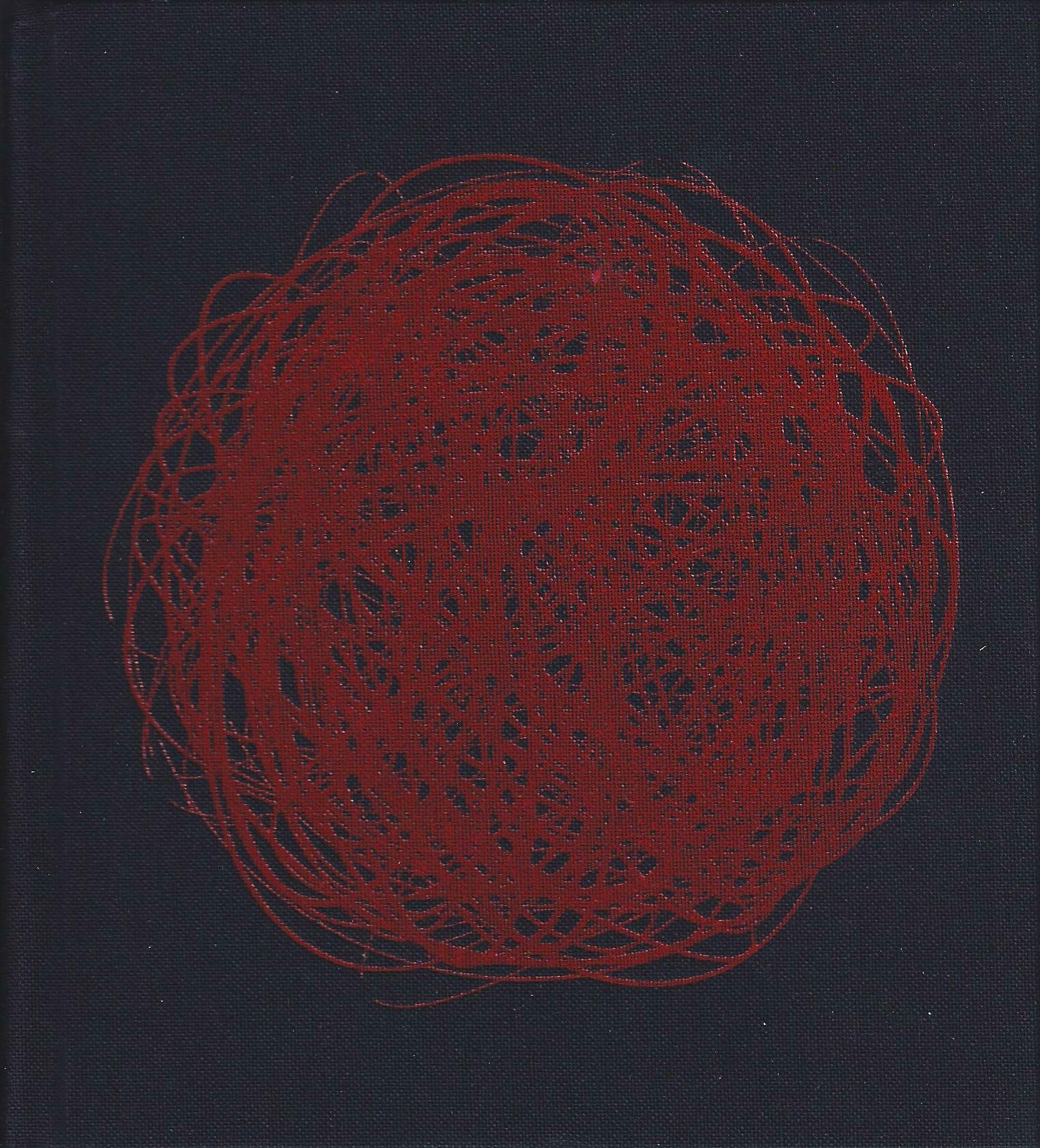 Unprotected is the latest album from Athens, Greece based No Man’s Land, and is the follow-up to their 2010 released The Drowning Desert. The band are the quintet of Vassilis Bas Athanassisdes on guitars and vocals, Chris Silver Triantafillopolous on drums, Nick Petavrides on bass, George Pavlis on trumpet and fluegelhorn, and George Sirganides on flute, plus guests on percussion and cello.
Unprotected is the latest album from Athens, Greece based No Man’s Land, and is the follow-up to their 2010 released The Drowning Desert. The band are the quintet of Vassilis Bas Athanassisdes on guitars and vocals, Chris Silver Triantafillopolous on drums, Nick Petavrides on bass, George Pavlis on trumpet and fluegelhorn, and George Sirganides on flute, plus guests on percussion and cello.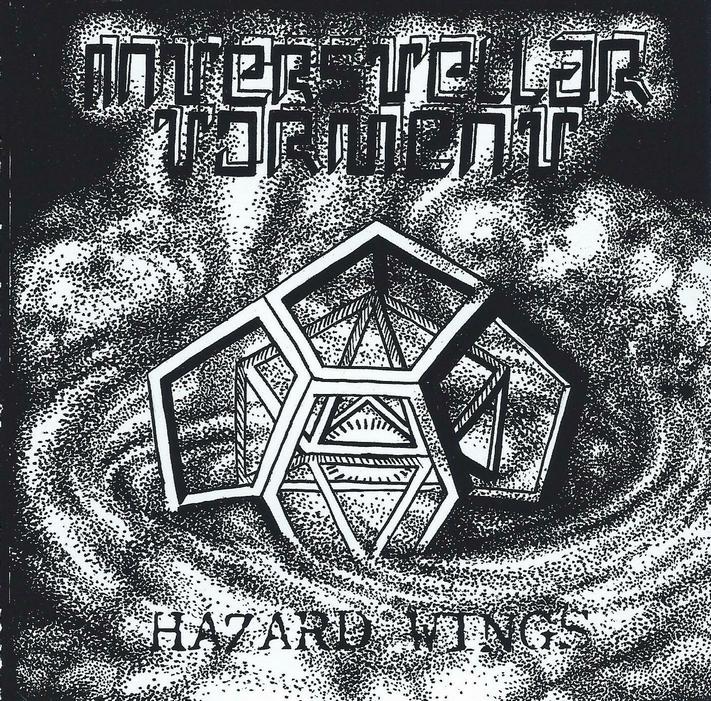 Y’know the feeling you got first time you heard, as a spotty stoned teenager, In Search Of Space or Chronicle of The Black Sword on your first introduction to Hawkwind after a phase of cassettes with Ramones and Sex Pistols and punk in the mid 80’s right at the tail end of the 80’s when Nordic bands like DarXtar and Dark Sun were still about jamming Hawkwind style dark space punk just about to release demo cassettes? Well that’s what Hazard Wings Interstellar Torment CD is like… the first DarXtar LP, the first Dark Sun demo cassette, etc. Its superfabulous, it is what I loved about Hawkwind and their followers in the Arctic North from the get-go, the “Chronicles” metal darkness punk, bands like Full Moon (the UK one), old issues of Ptolemaic Terrascope from the late 80s, Monster Magnet’s first few EPs and Spine of God album; just that raw, 80’s, Hawkwindness. Call it post-80’s, but these guys had never heard of anything but dark underground, but I swear it was punk enough to be 80’s, with a morbid fascination for Venom and early Bathory to boot; maybe Candlemass in an imaginary world. It was Dark, it was Space, and YOU, STONED YOUNG ANGEL-WITCH was trying to cast counter Enchantments with your runes and your Jim Morrison poster. At least that is what I did. And I had Rodney Matthews posters and 2000 AD and Eclipse and Pacific comics in a pile.
Y’know the feeling you got first time you heard, as a spotty stoned teenager, In Search Of Space or Chronicle of The Black Sword on your first introduction to Hawkwind after a phase of cassettes with Ramones and Sex Pistols and punk in the mid 80’s right at the tail end of the 80’s when Nordic bands like DarXtar and Dark Sun were still about jamming Hawkwind style dark space punk just about to release demo cassettes? Well that’s what Hazard Wings Interstellar Torment CD is like… the first DarXtar LP, the first Dark Sun demo cassette, etc. Its superfabulous, it is what I loved about Hawkwind and their followers in the Arctic North from the get-go, the “Chronicles” metal darkness punk, bands like Full Moon (the UK one), old issues of Ptolemaic Terrascope from the late 80s, Monster Magnet’s first few EPs and Spine of God album; just that raw, 80’s, Hawkwindness. Call it post-80’s, but these guys had never heard of anything but dark underground, but I swear it was punk enough to be 80’s, with a morbid fascination for Venom and early Bathory to boot; maybe Candlemass in an imaginary world. It was Dark, it was Space, and YOU, STONED YOUNG ANGEL-WITCH was trying to cast counter Enchantments with your runes and your Jim Morrison poster. At least that is what I did. And I had Rodney Matthews posters and 2000 AD and Eclipse and Pacific comics in a pile.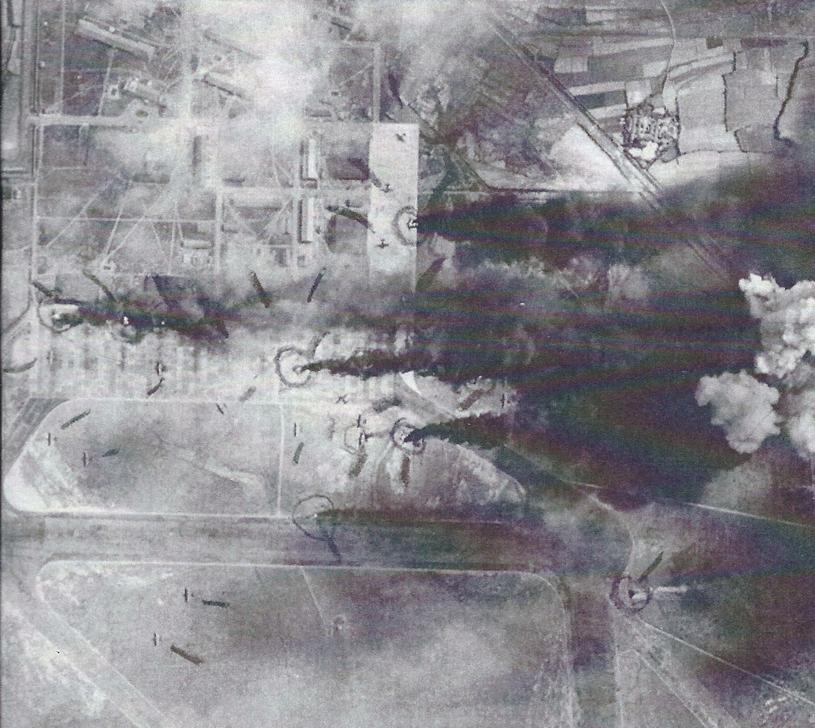 This CD was recorded live at Loppen, Christiania in Copenhagen, Denmark 2011. It has four tracks, all of which are totally instrumental, lasting around 40 minutes.
This CD was recorded live at Loppen, Christiania in Copenhagen, Denmark 2011. It has four tracks, all of which are totally instrumental, lasting around 40 minutes.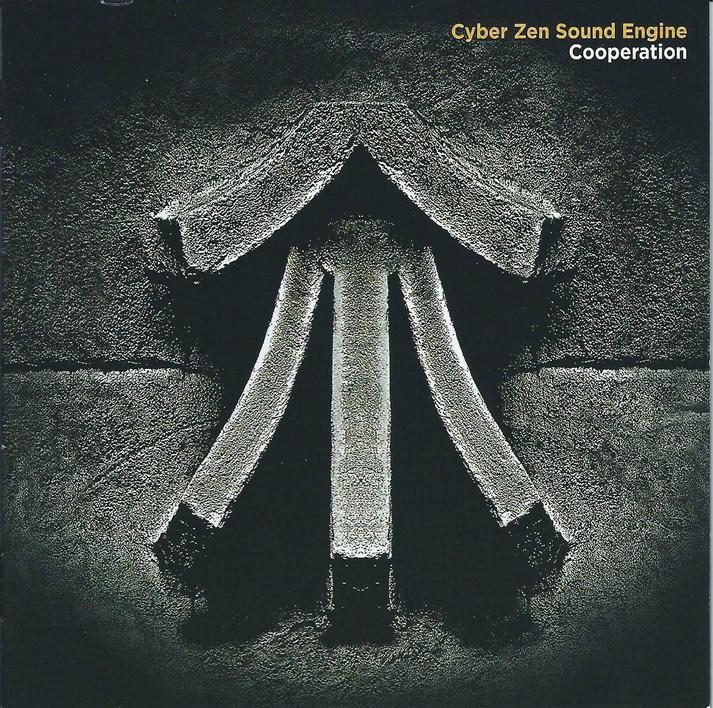 Cooperation is the 4th album to date by Cyber Zen Sound Engine, and not having heard any of their other albums, I will jump straight in and be as honest as I can be.
Cooperation is the 4th album to date by Cyber Zen Sound Engine, and not having heard any of their other albums, I will jump straight in and be as honest as I can be.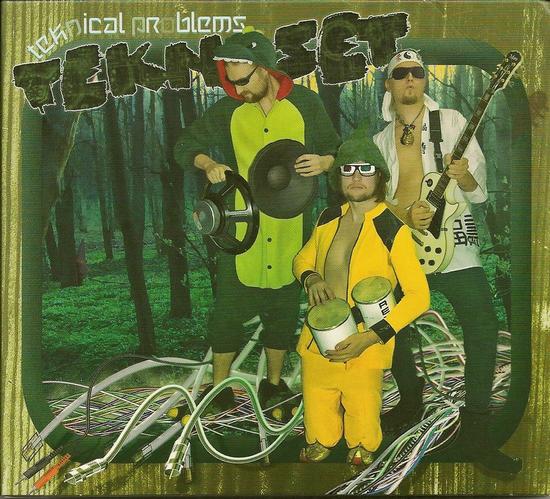 Imagine if you will, a world where all life forms bow before The GREAT RAVING ALTAR OF TECHNO. Where the eternal holy thud thud thud thud thud thud thud ascends all matter frequentially towards that pinnacle of ecstasy some call God.
Imagine if you will, a world where all life forms bow before The GREAT RAVING ALTAR OF TECHNO. Where the eternal holy thud thud thud thud thud thud thud ascends all matter frequentially towards that pinnacle of ecstasy some call God.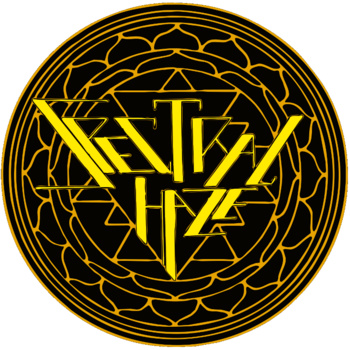 Spectral Haze hail from Oslo, Norway, and have four members. This band appears to be a supergroup of sorts, with members previously doing stints in Purple Hill Witch, High Priest Of Saturn and Resonaut. A cursory glance at their Facebook page shows images of blissed out guys wielding Gibson guitars and Rickenbacker basses in time honoured tradition, yet the band touch on some distinctly new musical ideas throughout their work here.
Spectral Haze hail from Oslo, Norway, and have four members. This band appears to be a supergroup of sorts, with members previously doing stints in Purple Hill Witch, High Priest Of Saturn and Resonaut. A cursory glance at their Facebook page shows images of blissed out guys wielding Gibson guitars and Rickenbacker basses in time honoured tradition, yet the band touch on some distinctly new musical ideas throughout their work here. “It is the job of the progressive artist to propose an alternative reality, and preferably one in which all notions of common sense have been completely eradicated. This collection is our proposal.” So states the opening lines of the promo sheet that came with this double CD. This massive project (around 150 minutes of music) is the work of long-time associates Martin Archer (organ, electric piano, laptop, saxophones and bass clarinet) and Chris Bywater (organ, synthesizers, laptop, acoustic and electronic percussion and electric violin), with the help of Steve Dinsdale (drums, percussion and synthesizer), Walt Shaw (percussion and electronics) and Terry Todd (bass guitar). That’s just the core band. Orchestra of the Upper Atmosphere earns the “Orchestra” part of their name by rounding out their sound with a string quartet and wind and voice ensembles. Up to some 30 musicians appear on the album.
“It is the job of the progressive artist to propose an alternative reality, and preferably one in which all notions of common sense have been completely eradicated. This collection is our proposal.” So states the opening lines of the promo sheet that came with this double CD. This massive project (around 150 minutes of music) is the work of long-time associates Martin Archer (organ, electric piano, laptop, saxophones and bass clarinet) and Chris Bywater (organ, synthesizers, laptop, acoustic and electronic percussion and electric violin), with the help of Steve Dinsdale (drums, percussion and synthesizer), Walt Shaw (percussion and electronics) and Terry Todd (bass guitar). That’s just the core band. Orchestra of the Upper Atmosphere earns the “Orchestra” part of their name by rounding out their sound with a string quartet and wind and voice ensembles. Up to some 30 musicians appear on the album.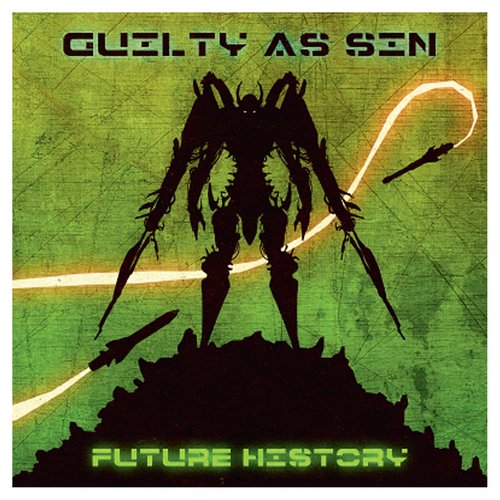 US band Guilty As Sin could best be described as progressive death metal, and death metal itself has been described in author Nigel Latta’s “Politically Incorrect Guide To Teenagers” book as being like a wall of distortion and screaming: “If you took Beethoven, covered him in metal bolts, fed him into a jet engine, and then revved the whole thing up, you would get some idea of how death metal sounds!” Like it or hate it, that is probably a fairly accurate description of that musical genure, and many of the tracks on Future History do indeed bring to mind Beethoven, bolts and jet engines to mind. However, as was the case with 2011’s Psychotronic, Guilty As Sin have chosen to temper their distortion and screams with a dash of progressive rock, which may be appreciated by Aural Innovations readers who make it past the first few tracks.
US band Guilty As Sin could best be described as progressive death metal, and death metal itself has been described in author Nigel Latta’s “Politically Incorrect Guide To Teenagers” book as being like a wall of distortion and screaming: “If you took Beethoven, covered him in metal bolts, fed him into a jet engine, and then revved the whole thing up, you would get some idea of how death metal sounds!” Like it or hate it, that is probably a fairly accurate description of that musical genure, and many of the tracks on Future History do indeed bring to mind Beethoven, bolts and jet engines to mind. However, as was the case with 2011’s Psychotronic, Guilty As Sin have chosen to temper their distortion and screams with a dash of progressive rock, which may be appreciated by Aural Innovations readers who make it past the first few tracks. Russian psychedelic and spaced out stoner rockers The Re-Stoned are back with their third album – Plasma. The album opens with the 11 minute Faces Of Earth, starting off with a slow and melodic psychedelic stoner groove and spaced out effects. Then near the 3 minute mark the band launch into a heavy stoned jam, with shimmering psych guitar licks and the space effects sweeping behind like a cosmic wind blowing through. Grease is next and picks up the pace considerably, being a hot and heavy stoner rock ‘n roll tune. It’s got a 70s hard rock feel, but adds a contemporary stoner edge, a combination I like a lot. And they kick it up a notch by embellishing the music with rapid fire alien synth effects. A monster rockin’ tune! The appropriately titled Acoustic takes The Re-Stoned into a very interesting different direction. It begins as an acoustic guitar and simple percussion combo, then adds trippy keyboards and effects, aided by Arkady Fedotov from Vespero on synths. I love the combination of acoustic music and spaced out effects, making this is pleasantly floating experience. But this is just a side trip as The Re-Stoned follow Acoustic with the heavy tripped out psychedelic rocking Moon Dust, another kick-ass rocker with ripping liquid psych guitar licks against a stoned rocking groove. But the band ease up after a few minutes, transitioning to a cosmic soundscape exploration that carries the song to the end. The Clay God is next and has a more classic stoner rock feel, but at the same time not being sludgy, having that mixture of modern stoner and 70s hard rock that I think these guys do so well. And sure enough, after a couple minutes the band launch into a hard rocking segment that includes the trademark Re-Stoned synth enhancements which give it all a spaced out edge. Lots happening on this space, psych, stoner, hard rock trip! The album closes with Alpha Rhythm, the longest track of the set at over 11 minutes. It begins with slowly soloing melodic guitars and synth effects, and just gradually develops from there. This track is all about mood and atmosphere and there’s a subtle freakiness to it all that keeps things interesting throughout.
Russian psychedelic and spaced out stoner rockers The Re-Stoned are back with their third album – Plasma. The album opens with the 11 minute Faces Of Earth, starting off with a slow and melodic psychedelic stoner groove and spaced out effects. Then near the 3 minute mark the band launch into a heavy stoned jam, with shimmering psych guitar licks and the space effects sweeping behind like a cosmic wind blowing through. Grease is next and picks up the pace considerably, being a hot and heavy stoner rock ‘n roll tune. It’s got a 70s hard rock feel, but adds a contemporary stoner edge, a combination I like a lot. And they kick it up a notch by embellishing the music with rapid fire alien synth effects. A monster rockin’ tune! The appropriately titled Acoustic takes The Re-Stoned into a very interesting different direction. It begins as an acoustic guitar and simple percussion combo, then adds trippy keyboards and effects, aided by Arkady Fedotov from Vespero on synths. I love the combination of acoustic music and spaced out effects, making this is pleasantly floating experience. But this is just a side trip as The Re-Stoned follow Acoustic with the heavy tripped out psychedelic rocking Moon Dust, another kick-ass rocker with ripping liquid psych guitar licks against a stoned rocking groove. But the band ease up after a few minutes, transitioning to a cosmic soundscape exploration that carries the song to the end. The Clay God is next and has a more classic stoner rock feel, but at the same time not being sludgy, having that mixture of modern stoner and 70s hard rock that I think these guys do so well. And sure enough, after a couple minutes the band launch into a hard rocking segment that includes the trademark Re-Stoned synth enhancements which give it all a spaced out edge. Lots happening on this space, psych, stoner, hard rock trip! The album closes with Alpha Rhythm, the longest track of the set at over 11 minutes. It begins with slowly soloing melodic guitars and synth effects, and just gradually develops from there. This track is all about mood and atmosphere and there’s a subtle freakiness to it all that keeps things interesting throughout.